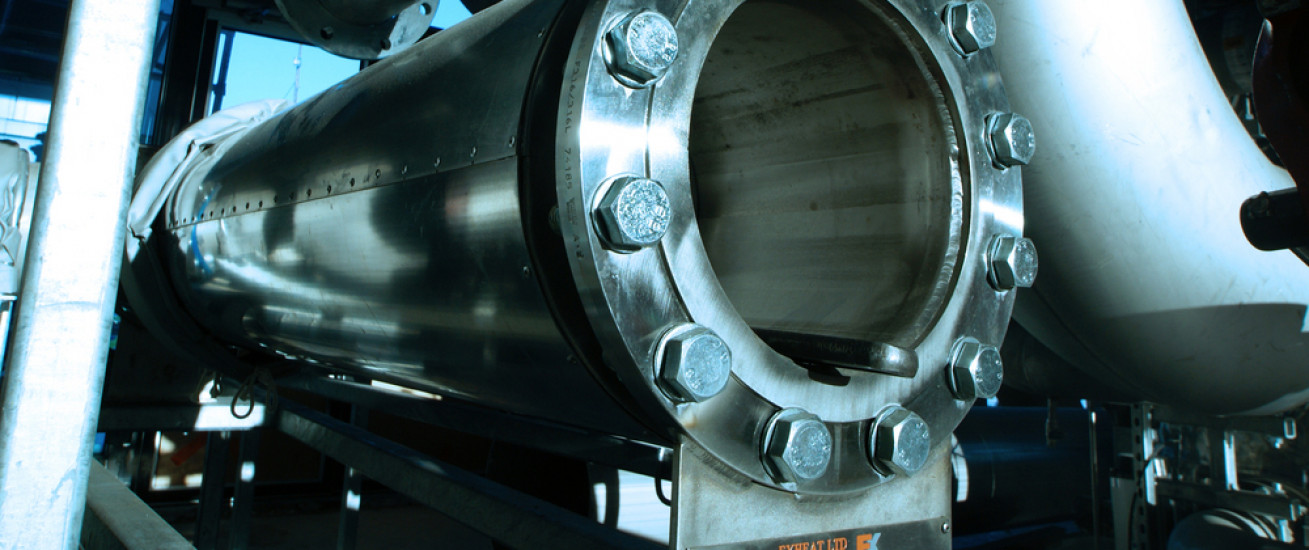
Advantages of Riveting vs. Bolting or Welding

by Larry Melone
President
Ready to make a purchase? Call us at 973-227-0045 or Email Us
Have a question? Call us at 973-227-0045 or Email Us
Our thoughts and advice on fasteners and hardware.



Page 1 of 39










We specialize in difficult, hard-to-find fasteners for the most outside the box requests. Our dozens of machine shop partners work from your detailed blueprint specifications to design and manufacture exotic fasteners and specials for the most unique and strenuous needs.
Find out more